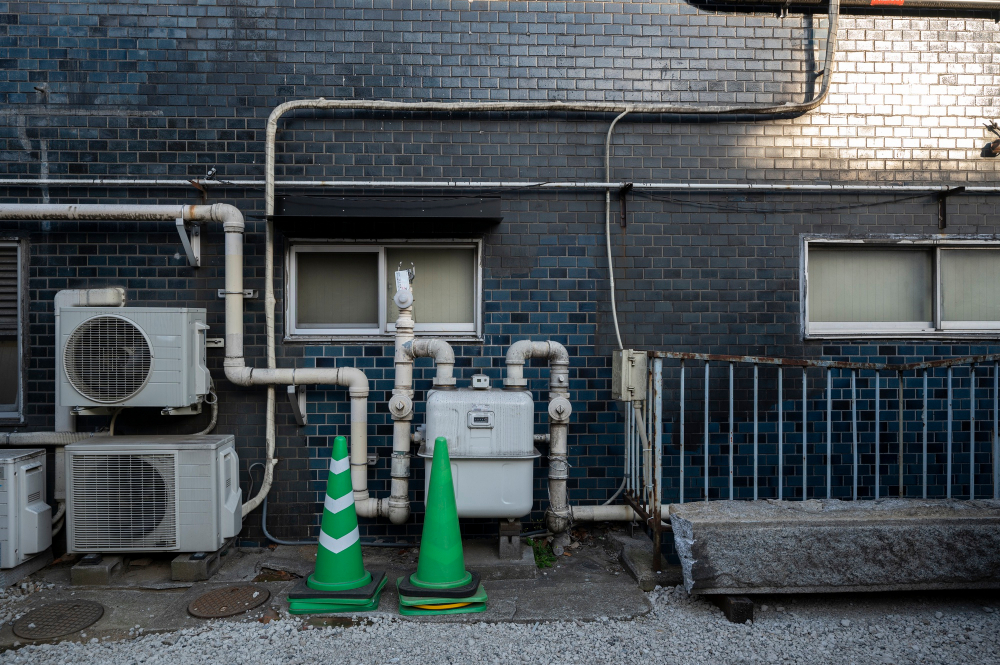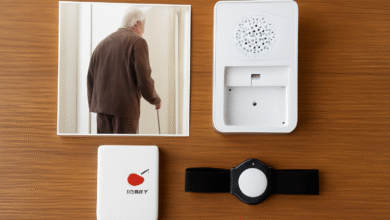Upgrading Your Home Heating: Retrofitting Ducted Systems Explained

Keeping a home comfortable throughout the year can be difficult, especially in houses with older heating systems. Many homeowners notice uneven temperatures, high energy bills, or outdated equipment that no longer works efficiently. Modern solutions allow homes to stay warm in winter and cool in summer while keeping energy use low. One approach gaining attention is retrofitting ducted heat pumps, which can upgrade existing systems without a full renovation.
How Retrofitting Ducted Heat Pumps Works in Your Home
The heating setup is enhanced by replacing or upgrading components, using the existing ductwork or ceiling space. This approach allows homeowners to enjoy the benefits of modern heating without tearing down walls or floors.
- Unit Replacement – Old heaters or furnaces are replaced with energy-efficient heat pump units.
- Duct Integration – Existing ductwork is used or slightly modified to distribute air evenly.
- Control Installation – Wall controllers or smart devices allow easy temperature adjustments.
- System Testing – After installation, the system is checked to ensure even heating and cooling.
This method is practical for homes that want better performance but do not want a complete redesign. It helps to promote optimal energy utilization!
How to Improve Your Home Heating in Simple Steps?
For homeowners considering a retrofit heat pump, there are several essential steps to follow:
- Assessment of Existing System – Professionals inspect your current ducts, vents, and insulation.
- Selecting the Right Unit – Choosing the correct heat pump ensures the system meets your home’s size and layout.
- Planning Duct Modifications – Any adjustments needed to make old ducts compatible are identified.
- Professional Installation – Technicians install the system efficiently while minimizing disruption.
- Final Testing and Controls Setup – Ensures the system delivers the expected comfort in all rooms.
Each step ensures a smoother transition from an older heating system to a modern, efficient solution.
Making Your Heating System Efficient and Affordable
Upgrading your home heating system can increase energy efficiency and help reduce utility bills over time. Modern heat pumps consume less electricity than older heaters and distribute warmth more evenly.
- Lower Energy Consumption – Uses less electricity for the same heating output.
- Smart Controls – Schedule heating and cooling to reduce waste.
- Zone Heating – Focuses energy on rooms that are in use, saving power.
- Reduced Maintenance – New units often require fewer repairs than older systems.
Though the initial investment can be higher than minor repairs, the long-term savings and improved comfort make it worthwhile.
What are the Installation Tips for Homeowners?
Installing a retrofitted system requires some planning to ensure efficiency and convenience.
- Choose a Qualified Installer – Certified technicians understand both old and new systems.
- Inspect Ducts Before Installation – Ensure ducts are clean, sealed, and in good condition.
- Plan for Minimal Disruption – Installation can usually be done in a day or two for standard homes.
- Set Up Controls Strategically – Place thermostats in main living areas for consistent comfort.
Following these tips helps your home reach optimal comfort faster and avoids common installation issues. It also ensures your heating performs efficiently, saving energy and reducing costs.
How to Maintain the Retrofitted System?
Even with a new heat pump, proper maintenance is crucial to extend its life and keep energy bills low.
- Clean Filters Regularly – Prevents dust buildup and maintains airflow.
- Inspect Ducts – Check for leaks or blockages that reduce efficiency.
- Professional Servicing – Schedule annual checks for all components.
- Adjust Settings Seasonally – Optimize temperatures for summer and winter to save energy.
Routine maintenance ensures your retrofit heat pump operates efficiently for years to come.
Common Questions About Retrofitting
Many homeowners have questions before upgrading to a ducted system. Some common queries include:
- Will my old ducts work?
Most can be adapted with minor modifications.
- Is it noisy?
Modern units operate quietly, often quieter than older systems.
- How long does installation take?
Usually 1–3 days depending on home size.
- Can I control different rooms independently?
Yes, zone controls allow precise temperature adjustments
Answering these questions helps homeowners feel confident about making the switch.
Start Improving Your Home Comfort Today
If you are looking for a way to upgrade your home heating without major renovations, retrofitting ducted heat pumps is an excellent choice. With professional installation, smart controls, and proper maintenance, your home can stay comfortable year-round while reducing energy use.
The homeowners who are looking to improve comfort and efficiency, Simply Heat offers expert guidance and professional installation for all heating upgrades. Their team can assess your home, recommend the most suitable solutions, and handle the entire installation process with care and precision.
With years of experience in retrofitting and installing ducted heating systems, they ensure your home stays warm in winter, cool in summer, and energy-efficient all year round.
Trust Simply Heat to get reliable solutions that make your home comfortable and reduce energy costs. For guidance, expert advice, and professional services, contact them today for exploring the best solutions for your home.




